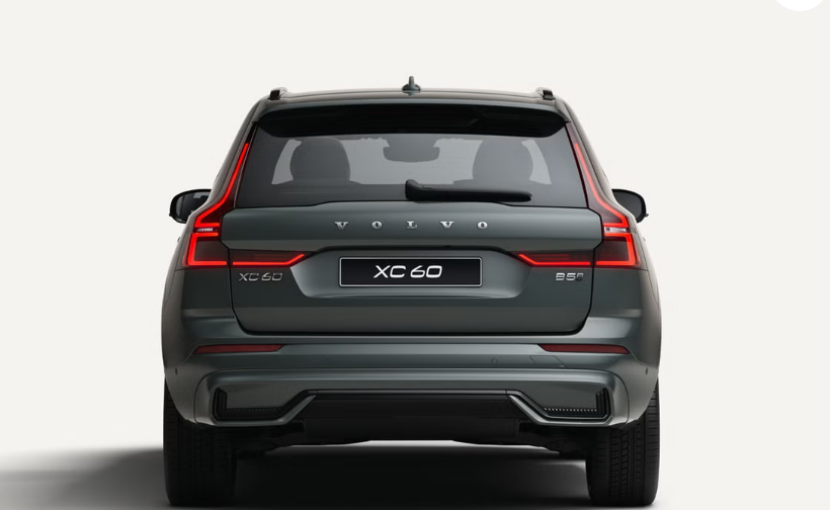According to foreign media reports, Swedish automaker Volvo Cars plans to start production of two of its best-selling crossover models in the U.S. within the next few years to avoid high tariffs on imported vehicles, which have significantly eroded the company's profit margins. The XC60 is set to begin production at its plant in Ridgeville, South Carolina, in January 2027, while the full-sized XC90 is planned for October 2028. Currently, both models are imported from Sweden. Sources indicate that Volvo expects to produce approximately 60,000 XC60s and 50,000 XC90s annually, nearly reaching the plant's annual capacity limit of 150,000 vehicles. This move will not only help Volvo avoid tariffs but also improve the utilization rate of its $1.4 billion South Carolina assembly plant, which produced only around 20,000 vehicles last year, resulting in a mere 13% utilization rate. A Volvo spokesperson declined to comment on the company's future production plans but mentioned on July 15 that they look forward to sharing more information soon. In the first half of this year, these two crossovers accounted for about half of Volvo's sales in the U.S., with the XC60 being the company’s best-selling model globally last year and the XC90 leading the U.S. market. Volvo had originally planned to produce the XC90 in South Carolina in 2021, but this plan was ultimately shelved as the company shifted towards an all-electric strategy to capture post-pandemic market demand, benefiting from government support for zero-emission vehicles. Looking ahead, Volvo may also utilize its South Carolina factory to produce the large electric sedan ES90 for export to other countries, with the ES90 sharing the SPA2 platform with the EX90 crossover already in production in South Carolina. Furthermore, on July 14, Volvo announced it would recognize a one-time non-cash impairment charge of 11.4 billion Swedish kronor ($1.2 billion) in the second quarter due to tariffs preventing profitable sales of the ES90 in the U.S. The ES90 also faces margin pressures in Europe due to a 28.8% tariff on Chinese cars.
Volvo to Start Production of Best-Selling SUVs in the U.S. to Avoid Tariffs

Share this post on: